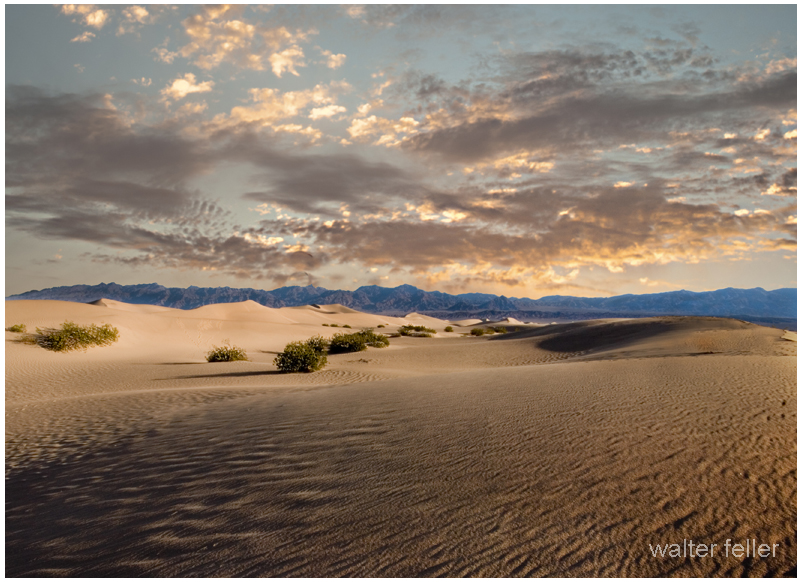Dune saltation is a key process in the formation and movement of dunes. It involves the hopping or bouncing movement of sand grains across the surface, driven by wind. Here’s a detailed explanation:

Dune Saltation Process
- Initiation: Wind speeds reach a threshold where they can lift sand grains from the ground. This threshold varies depending on the size and weight of the grains, as well as the wind speed and direction.
- Lift-off: Sand grains are lifted into the air by the wind. The initial lift is usually caused by the impact of other grains, which creates a chain reaction.
- Transport: Once airborne, the grains are carried by the wind. They travel a short distance before falling back to the ground due to gravity.
- Impact: When the grains land, they can dislodge other grains, causing them to lift off and continue the saltation process. This impact also leads to the erosion and smoothening of the surface.
- Repetition: The cycle of lift-off, transport, and impact continues, causing the sand grains to move in a series of short hops or bounces.
Factors Influencing Saltation
- Wind Speed: Higher wind speeds increase the distance and height of saltation.
- Grain Size: Smaller grains are more easily lifted and carried by the wind, while larger grains require stronger winds.
- Surface Conditions: Smooth surfaces allow for easier saltation, while rough surfaces can trap grains and reduce movement.
- Moisture: Moisture in the sand can cause grains to stick together, inhibiting saltation.
Impact on Dune Formation
- Dune Shape: Saltation contributes to the growth and movement of dunes. The continuous movement of sand grains causes dunes to migrate toward the prevailing wind.
- Sorting of Grains: Saltation can lead to sorting grains by size, transporting finer grains further than coarser ones.
- Erosion and Deposition: Saltation causes erosion and deposition, shaping the landscape and forming various dune structures, such as crescent-shaped barchan and linear dunes.
Understanding dune saltation is crucial for studying desert geomorphology and predicting changes in dune landscapes.
Dune saltation is the wind-driven process where sand grains are lifted, transported, and deposited in a series of hops. Wind lifts grains into the air, which then travel short distances before falling back, dislodging other grains upon impact. This cycle causes sand to move and shapes dunes. Wind speed, grain size, surface conditions, and moisture influence saltation. Higher wind speeds and smaller grains increase movement, while moisture and rough surfaces reduce it. Saltation contributes to dune formation, migration, and sorting of grains by size, playing a crucial role in desert geomorphology.